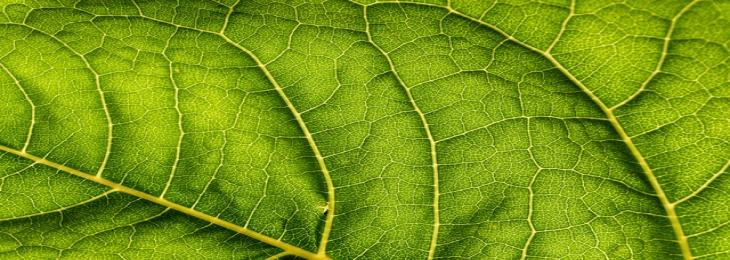
Scientists discovered a way to enhance energy-conservation and light-harvesting properties by encasing algae protein in liquid droplets.
Renewable energy research mainly aims on recreating the process of photosynthesis, where plants generate chemical energy to power themselves by using sunlight, carbon dioxide and water. Now, the Scientists at Nanyang Technological University (NTU) demonstrated that encasing algae in small droplets can enhance its natural abilities of harvesting energy by up to 3 times, which marks another step towards commercial feasibility for the technology.
Artificial photosynthesis exhibits many challenges, out of which scientists are working on the comparatively poor efficiency of the solutions that are developed until now. As per the team, solar panels show 20% of efficiency to generate energy from sunlight, while artificial photosynthesis technologies currently run at around 4 to 5% efficiency. In order to find a way to boost this efficiency, the team studied proteins in algae that absorb light and wavelengths across the spectrum. They encased red algae in tiny crystal droplets of liquid having the size of 20-40 microns. When the light enters the droplet, the curved edges provoke a mode in which the light goes around the perimeter and it gets trapped inside the droplet for longer time, the team calls it “whispering-gallery mode”. With more light caught inside the droplet, opportunities for photosynthesis to occur increases. Then the electrons produced can be taken out using electrodes. According to the scientists, this treatment of droplets improves the energy producing capability of algae by two to three times relatively and the team plans to increase the scale of this technology as the bulk production of droplets with low cost is possible.
Moreover, the production of these droplets in lager form to enclose the algae that is growing in water bodies is also possible making it a floating power generator. This new research shows how this novel mechanism can improve artificial photosynthesis, the study also gives more understanding of interaction of biomaterials with light and it could be used to clean energy.






